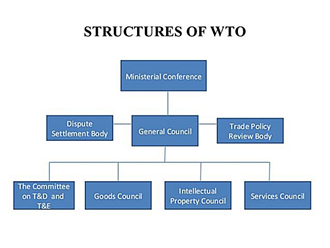1. Structural Unemployment
-
- It occurs due to changing structure of economy.
- There is a visible mismatch in worker skills and employer demands, causing available jobs with fewer qualified candidates.
- Because of technological advancements, newer jobs are being created in emerging fields like AI, Data Analytics, etc., but due to obsolete educational system there is a 42% unemployment rate among graduates under 25 (State of Working India 2023).
2. Disguised Unemployment
-
- More people are working than necessary, with their removal not affecting economic output, often seen in inefficient utilization of labour.
- Thus, Marginal Productivity of Labour is Zero which means that there is no additional output with increase in one unit of labour.
- Prevalent in Indian agriculture, where surplus labour on smaller plots leads to lower wages; over 50% of the labour force contributes only 18% to India’s GDP, highlighting disguised unemployment.
3. Frictional Unemployment
-
- Occurs during job transitions, job searches, or when individuals are seeking their first job after completing education.
- Gets amplified during economic downturns like the Covid pandemic, leading to prolonged unemployment for fresh graduates due to reduced hirings and placements.
4. Cyclical Unemployment
-
- Linked to the cyclical nature of the economy, rising during economic slowdowns and recessions when demand falls, leading to a decrease in jobs.
- Sectors like real estate and IT services experience cyclical unemployment during economic downturns and slow periods.
5. Seasonal Unemployment
-
- Occurs due to the predictable, recurring fluctuations in demand for certain types of labour during specific seasons or periods.
- In agriculture, labour demand falls between planting and harvesting seasons; in tourism, during the monsoon season, jobs like tourist guides and taxi drivers are affected.



